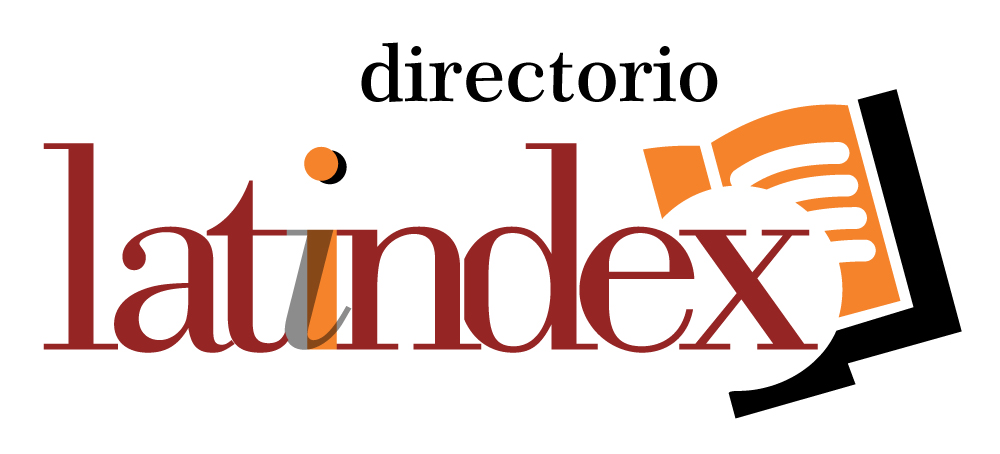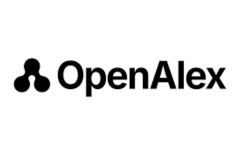Estrategias de marketing en el sector informal: canales, precios y promoción como respuesta al desempleo
DOI:
https://doi.org/10.71112/ka7ph355Palabras clave:
sector informal, marketing de servicios, omnicanalidad, precios, WhatsApp, PanamáResumen
Este informe analiza estrategias de marketing aplicadas al sector informal urbano de Panamá, compuesto por microcomercios, ferias y ventas ambulantes, en un contexto de desempleo (9,5%) e informalidad (49,3%) (Contraloría/INEC, 2024; La Estrella, 2024). Se empleó un enfoque mixto con énfasis cualitativo, combinando revisión bibliográfica (Kotler & Keller, 2016; Zeithaml et al., 2018; ILO, 2024), entrevistas y observación directa. El marco teórico integró la lógica dominante del servicio (Vargo & Lusch, 2004), la calidad percibida (Parasuraman et al., 1988) y la adopción de tecnologías accesibles (Rogers, 2003). Los resultados muestran que la combinación de presencia física y herramientas digitales ligeras —WhatsApp e Instagram— mejora la prospección, el cierre y la fidelización, mientras que precios simples (paquetes o descuentos) incrementan el ticket promedio (Berry, 1995). Las gráficas se basan en datos reales del mercado laboral y del uso digital (DataReportal, 2025), sustentando tácticas de bajo costo como estandarizar promesas de servicio, usar catálogos digitales y monitorear resultados. El estudio concluye que el marketing centrado en la experiencia y la comunicación comunitaria fortalece la resiliencia y los ingresos de los micronegocios, alineándose con la formalización progresiva y la inclusión laboral (World Bank, 2025).
Descargas
Referencias
Ajzen, I. (1991). The theory of planned behavior. Organizational Behavior and Human Decision Processes, 50(2), 179–211. https://doi.org/10.1016/0749-5978(91)90020-T
Anholt, S. (2007). Competitive identity: The new brand management for nations, cities and regions. Palgrave Macmillan.
Autoridad Nacional para la Innovación Gubernamental. (2024). Agenda digital de Panamá 2024–2026. Gobierno Nacional de Panamá.
Berry, L. L. (1995). Relationship marketing of services—growing interest, emerging perspectives. Journal of the Academy of Marketing Science, 23(4), 236–245. https://doi.org/10.1177/009207039502300402
Chaffey, D., & Smith, P. R. (2022). Digital marketing excellence: Planning, optimizing and integrating online marketing(6th ed.). Routledge. https://doi.org/10.4324/9781003009498
Cialdini, R. B. (2009). Influence: Science and practice (5th ed.). Pearson Education.
Contraloría General de la República / INEC. (2024). Encuesta de Mercado Laboral, octubre 2024. Dirección de Estadística y Censos de Panamá.
Creswell, J. W., & Plano Clark, V. L. (2017). Designing and conducting mixed methods research (3rd ed.). SAGE Publications.
DataReportal. (2025). Digital 2025: Panamá. https://datareportal.com/reports/digital-2025-panama
Davis, F. D. (1989). Perceived usefulness, perceived ease of use, and user acceptance of information technology. MIS Quarterly, 13(3), 319–340. https://doi.org/10.2307/249008
De Groot, O., Dini, M., Peralta Quesada, L., Rovira, S., & Gligo S., N. (2020). Economía creativa en la revolución digital: La acción para fortalecer la cadena regional de animación digital en países mesoamericanos (Documentos de Proyectos, LC/TS.2020/29). CEPAL. https://hdl.handle.net/11362/45529
Deming, W. E. (1986). Out of the crisis. MIT Press.
Escalas, J. E. (2004). Narrative processing: Building consumer connections to brands. Journal of Consumer Psychology, 14(1–2), 168–180. https://doi.org/10.1207/s15327663jcp1401&2_19
Grönroos, C. (2007). Service management and marketing: Customer management in service competition (3rd ed.). Wiley.
Grove, S. J., Fisk, R. P., & Bitner, M. J. (1992). Dramatizing the service experience: A managerial approach. Advances in Services Marketing and Management, 1, 91–121.
GWI. (2025). Panama consumer digital habits 2025. GlobalWebIndex Report.
Holt, D. B. (2004). How brands become icons: The principles of cultural branding. Harvard Business Press.
International Labour Organization. (2024). Informality and inclusive employment in Latin America 2024. ILO Publications.
Kolb, D. A. (1984). Experiential learning: Experience as the source of learning and development. Prentice Hall.
Kotler, P., & Keller, K. L. (2016). Marketing management (15th ed.). Pearson Education.
La Estrella de Panamá. (2024, octubre 25). Desempleo urbano alcanza 9,5% e informalidad llega al 49,3%. https://laestrella.com.pa
Lovelock, C., & Wirtz, J. (2016). Services marketing: People, technology, strategy (8th ed.). Pearson.
Monroe, K. B. (2003). Pricing: Making profitable decisions (3rd ed.). McGraw-Hill.
Nagle, T. T., & Müller, G. (2018). The strategy and tactics of pricing: A guide to growing more profitably (6th ed.). Routledge.
OECD. (2019). Policy brief on the informal economy. Organisation for Economic Co-operation and Development.
ONU. (2023). Objetivos de Desarrollo Sostenible: Informe 2023. Naciones Unidas.
Parasuraman, A., Zeithaml, V. A., & Berry, L. L. (1988). SERVQUAL: A multiple-item scale for measuring consumer perceptions of service quality. Journal of Retailing, 64(1), 12–40.
Porter, M. E., & Kramer, M. R. (2011). Creating shared value. Harvard Business Review, 89(1–2), 62–77.
Ries, E. (2011). The lean startup: How today’s entrepreneurs use continuous innovation to create radically successful businesses. Crown Business.
Rogers, E. M. (2003). Diffusion of innovations (5th ed.). Free Press.
Rust, R. T., Zeithaml, V. A., & Lemon, K. N. (2000). Driving customer equity: How customer lifetime value is reshaping corporate strategy. Free Press.
Strauss, A., & Corbin, J. (1998). Basics of qualitative research: Techniques and procedures for developing grounded theory (2nd ed.). SAGE Publications.
UNCTAD. (2021). Transitioning from the informal to the formal economy: Best practices and lessons learned. United Nations Conference on Trade and Development.
UNDP. (2023). Informe sobre desarrollo humano 2023: Transformaciones para la equidad. Programa de las Naciones Unidas para el Desarrollo.
Vargo, S. L., & Lusch, R. F. (2004). Evolving to a new dominant logic for marketing. Journal of Marketing, 68(1), 1–17. https://doi.org/10.1509/jmkg.68.1.1.24036
We Are Social. (2025). Global digital overview 2025. https://wearesocial.com/reports
World Bank. (2025). Panama economic update: Employment and digital inclusion 2025. World Bank Group.
Yin, R. K. (2018). Case study research and applications: Design and methods (6th ed.). SAGE Publications.
Zeithaml, V. A. (1988). Consumer perceptions of price, quality, and value: A means–end model and synthesis of evidence. Journal of Marketing, 52(3), 2–22. https://doi.org/10.1177/002224298805200302
Zeithaml, V. A., Bitner, M. J., & Gremler, D. D. (2018). Services marketing: Integrating customer focus across the firm(7th ed.). McGraw-Hill.
Publicado
Número
Sección
Licencia
Derechos de autor 2025 Martin Luther Jones Grinard (Autor/a)

Esta obra está bajo una licencia internacional Creative Commons Atribución 4.0.











